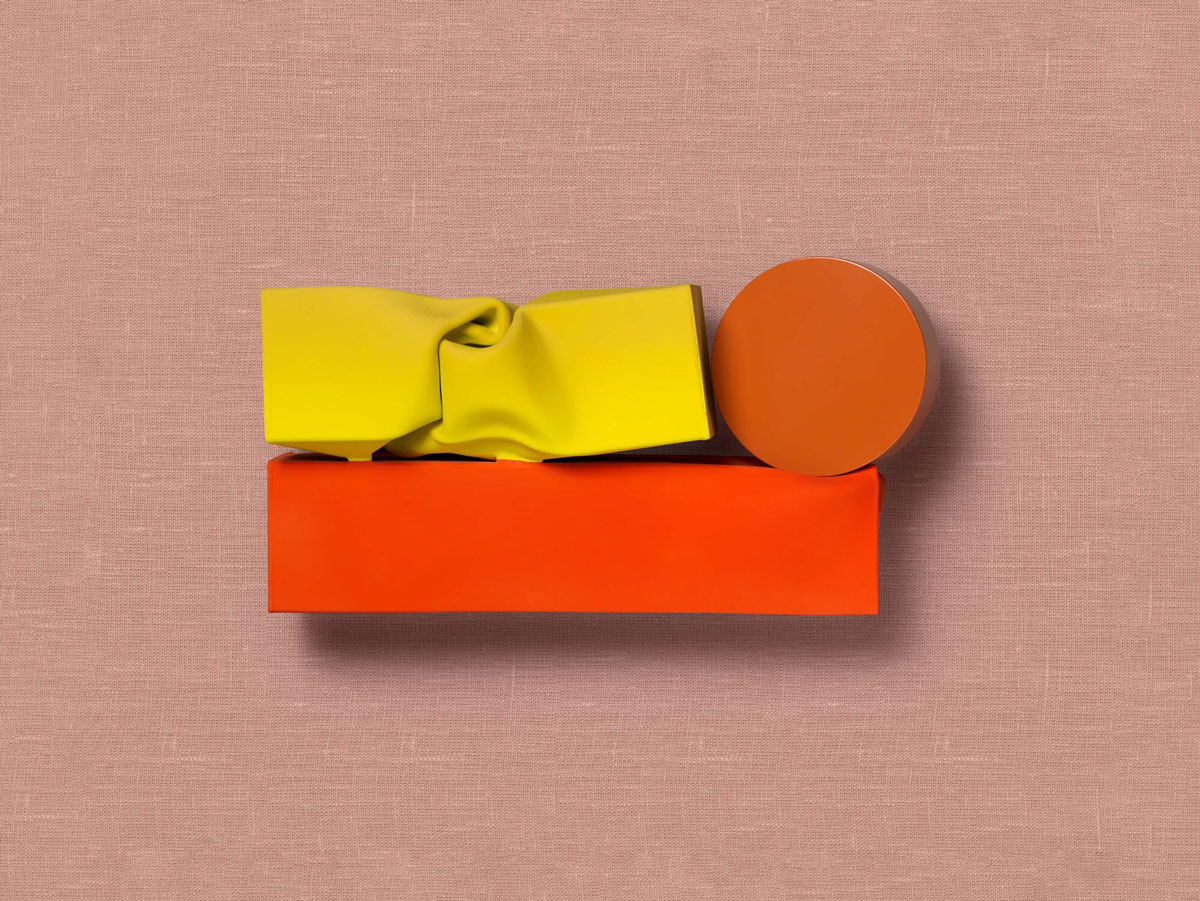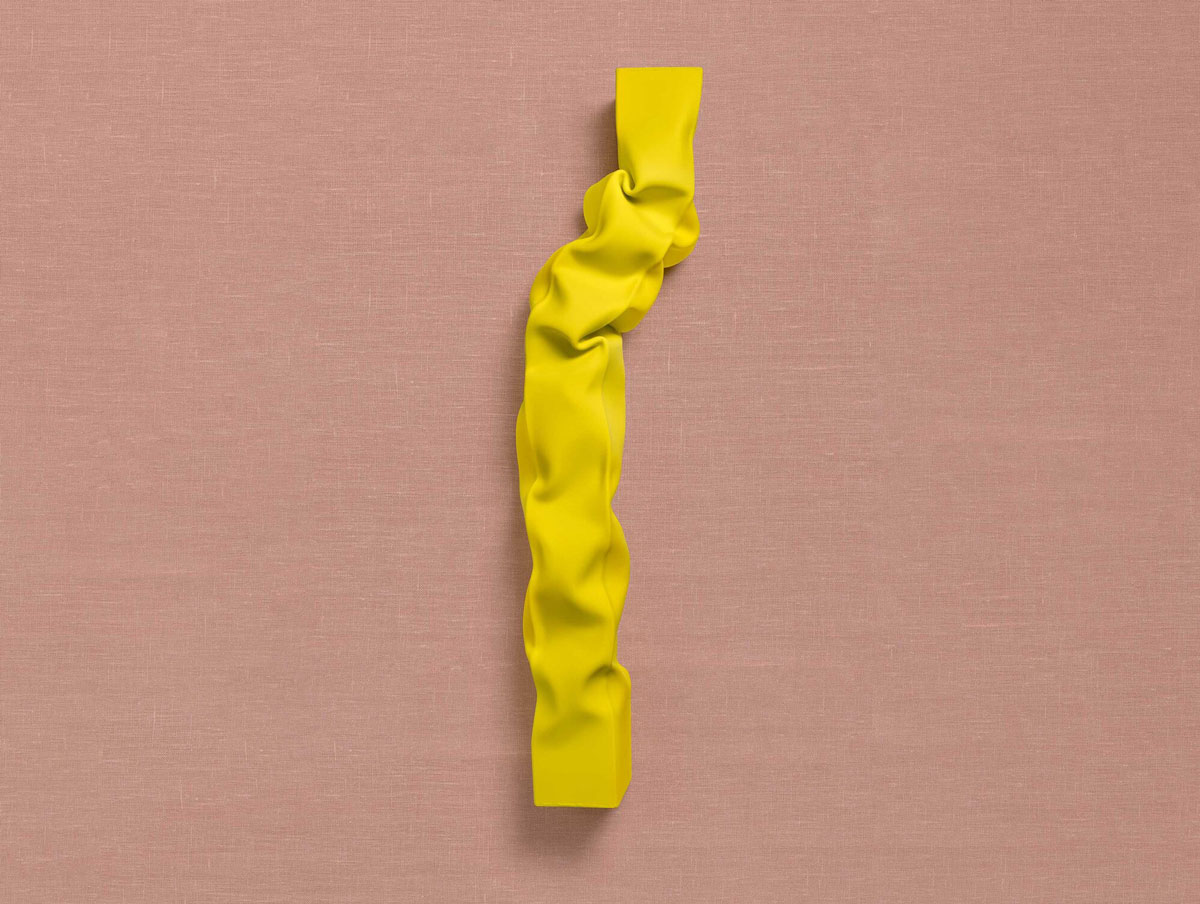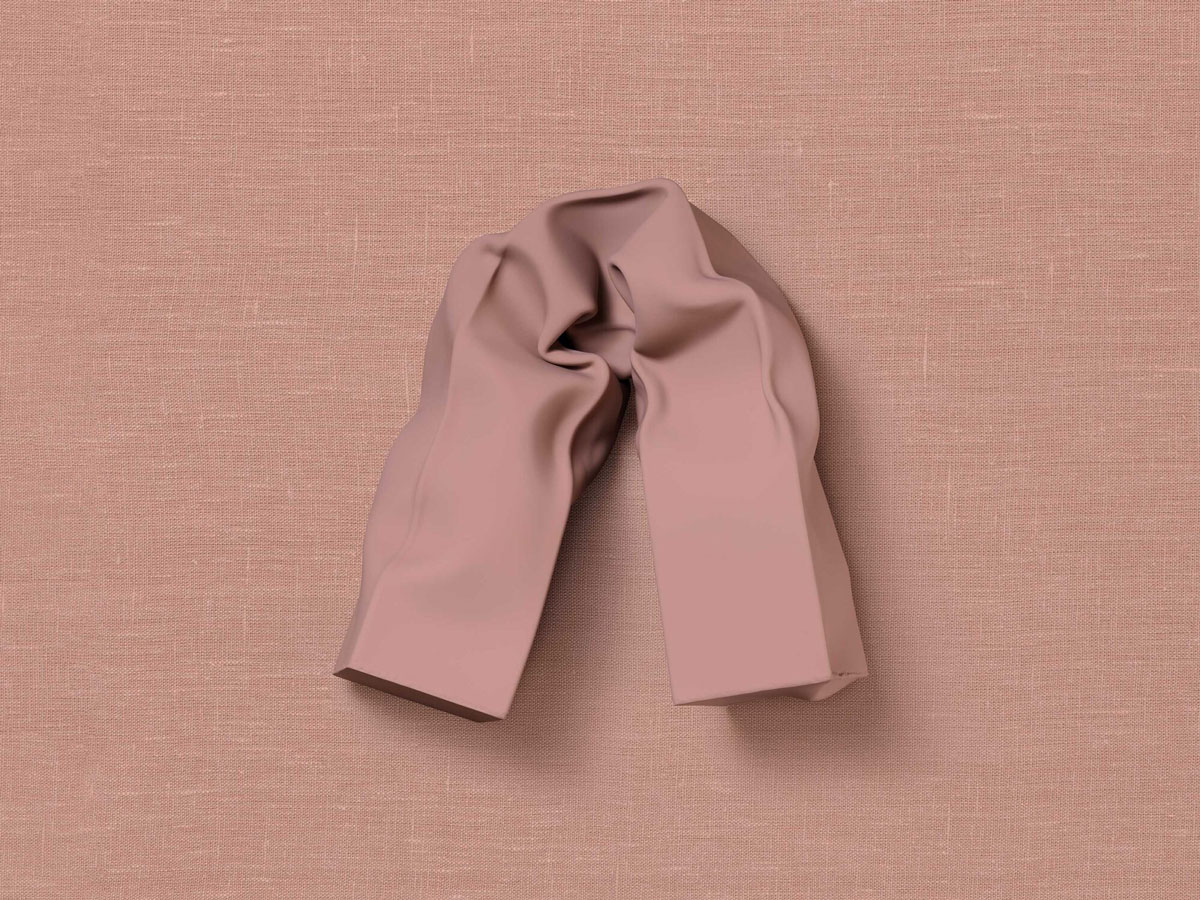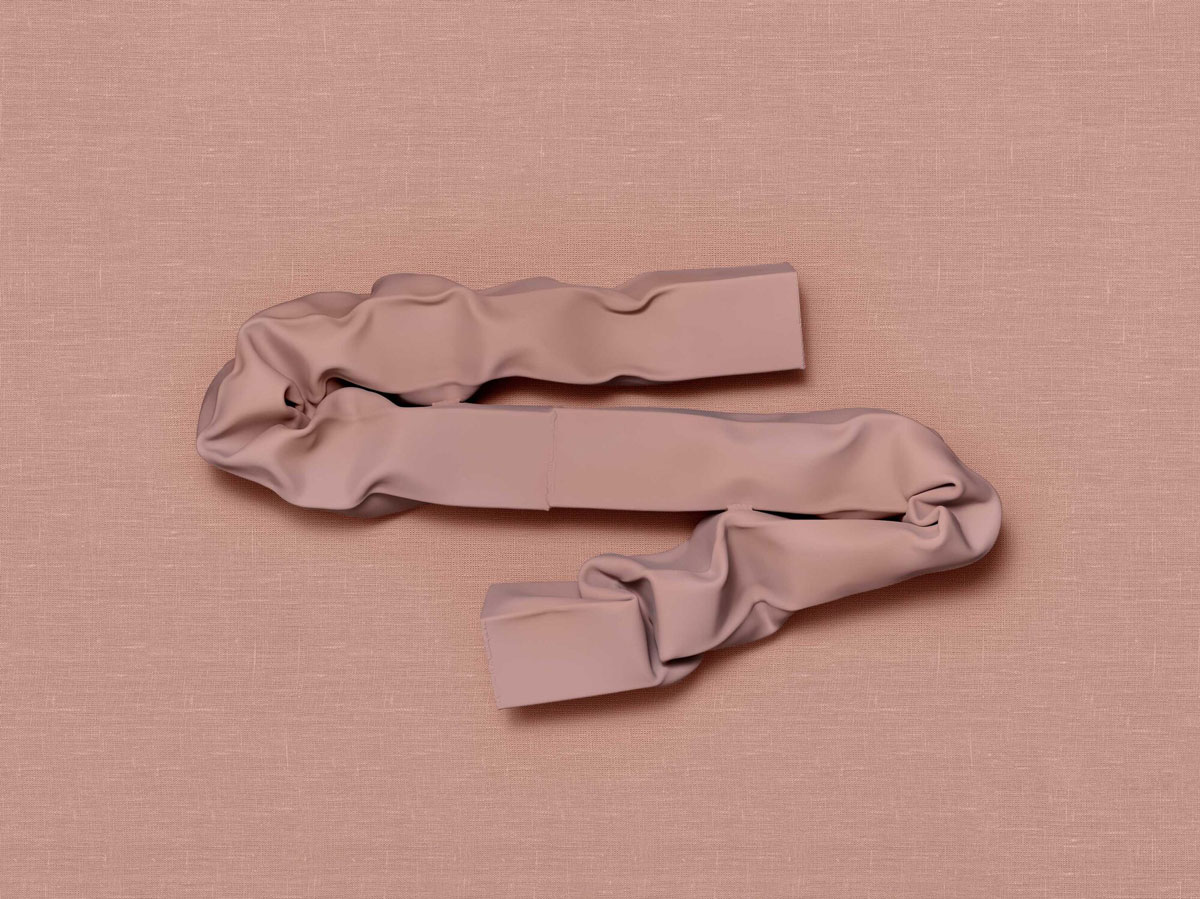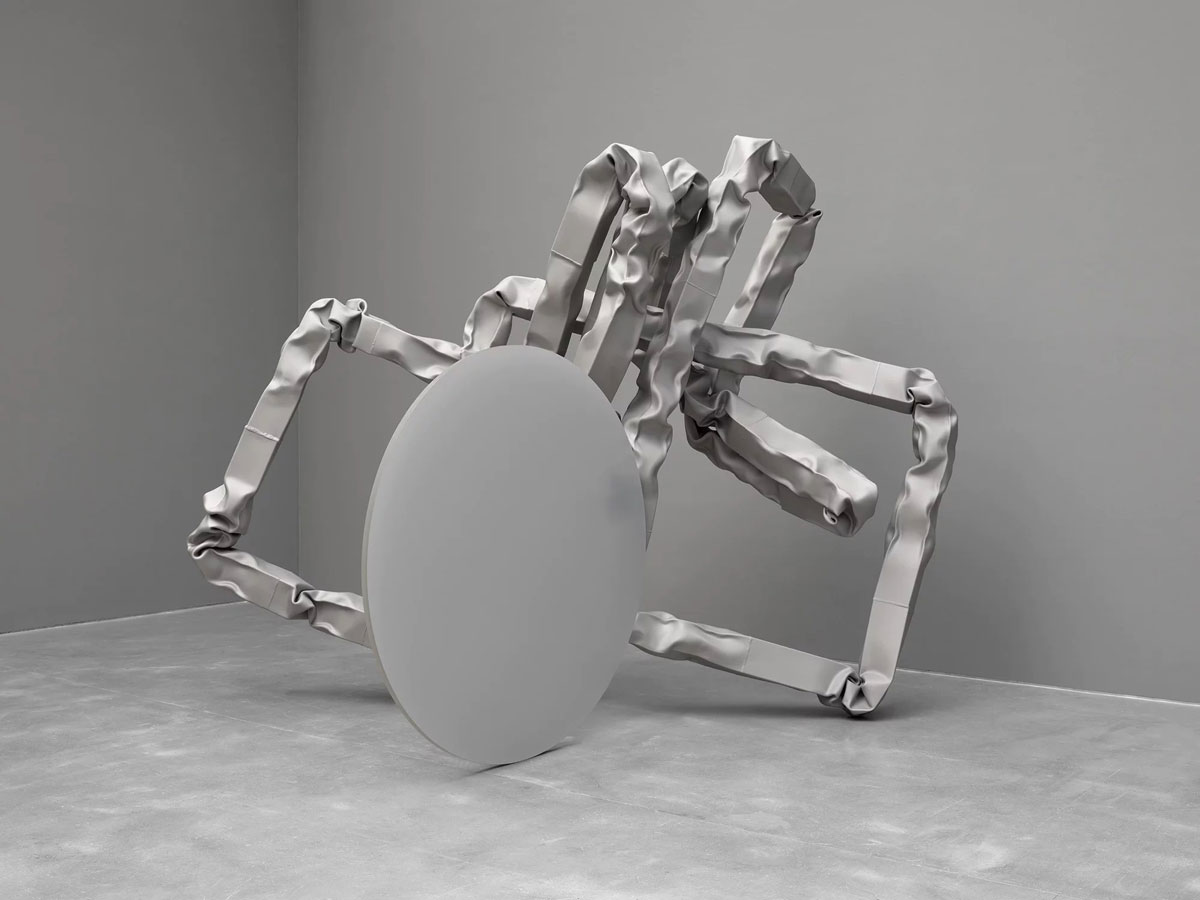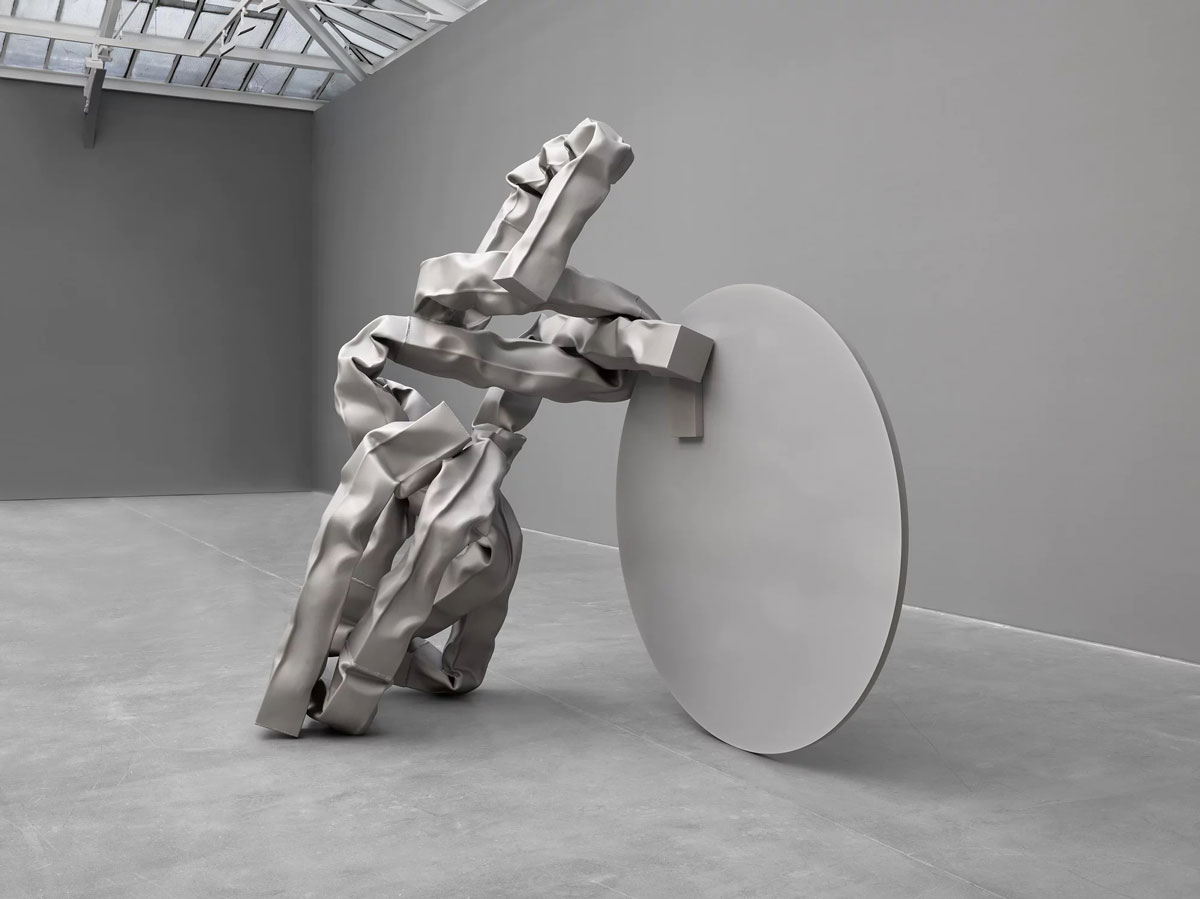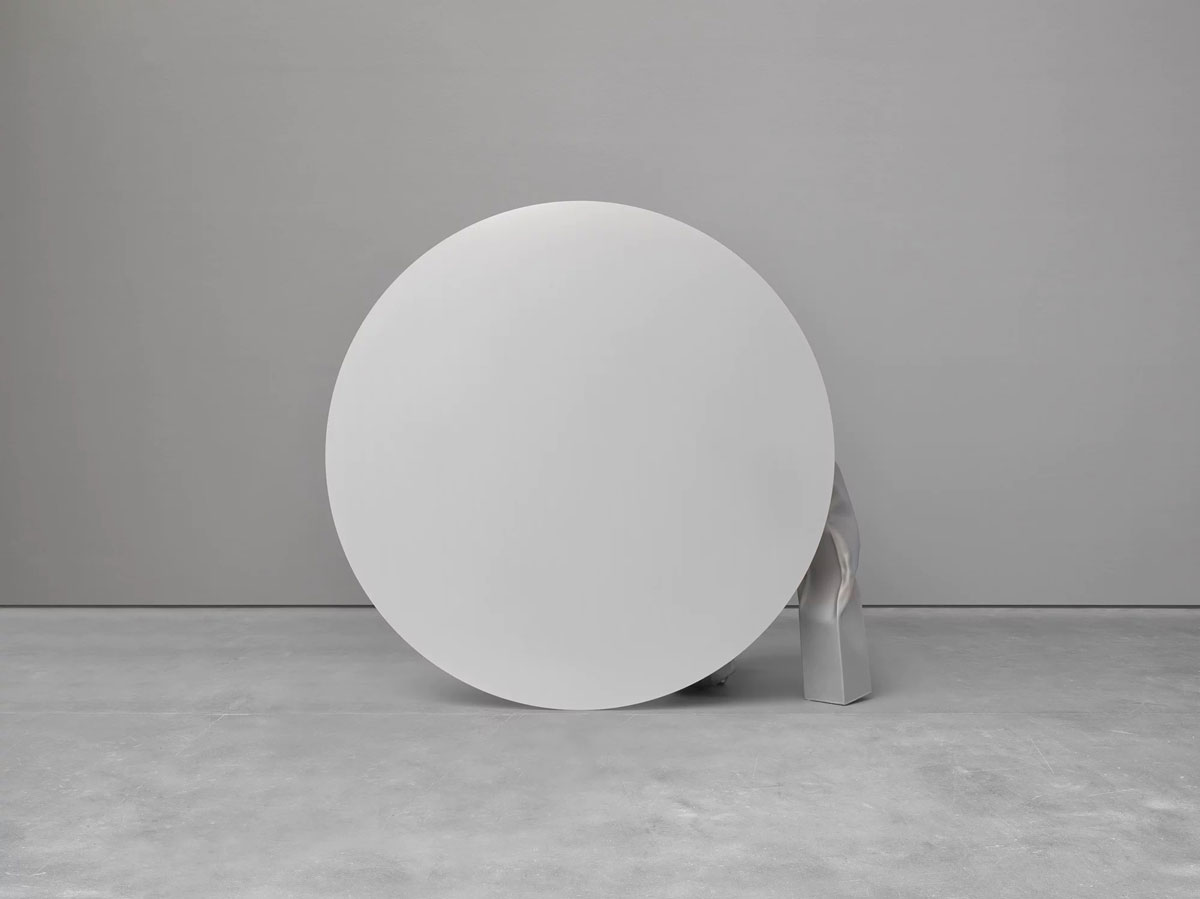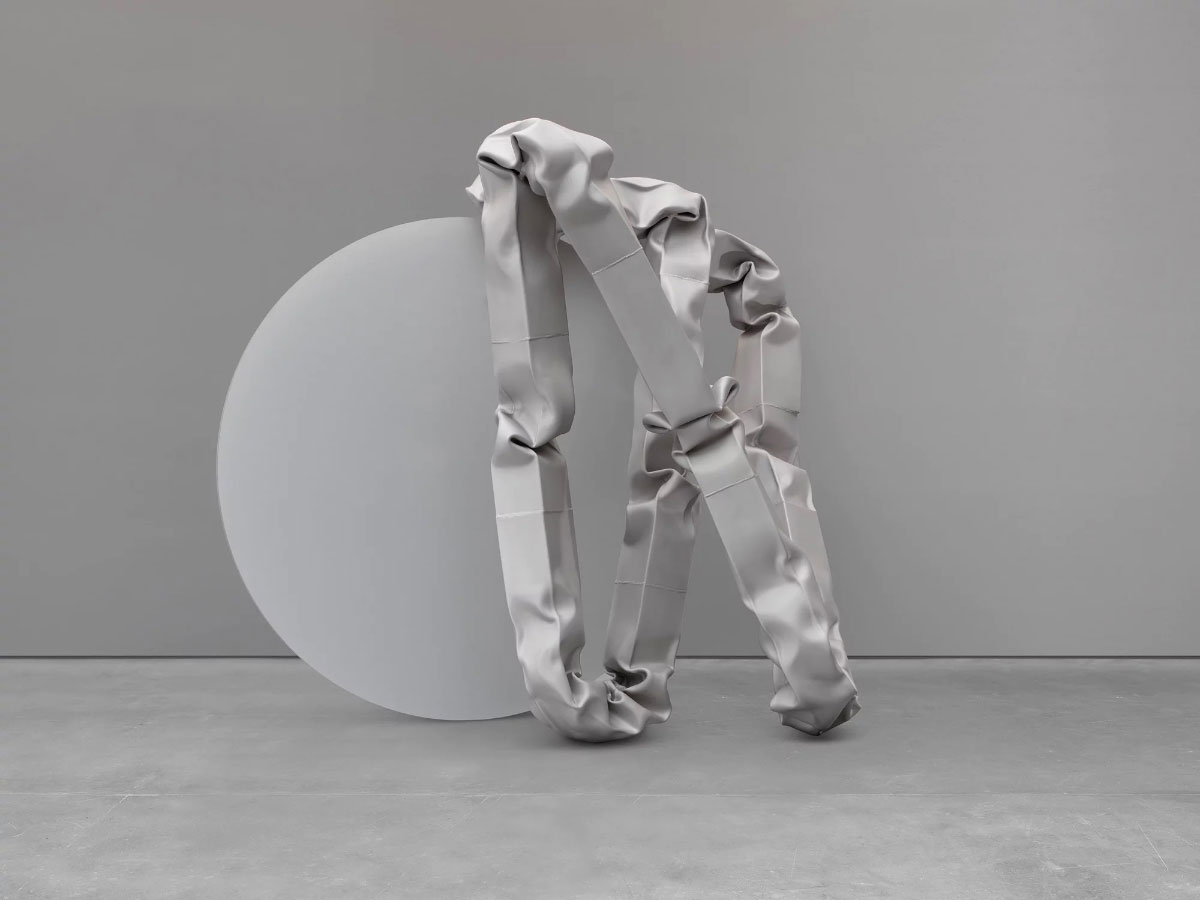PRESENTATION:Carol Bove-Vase/Face
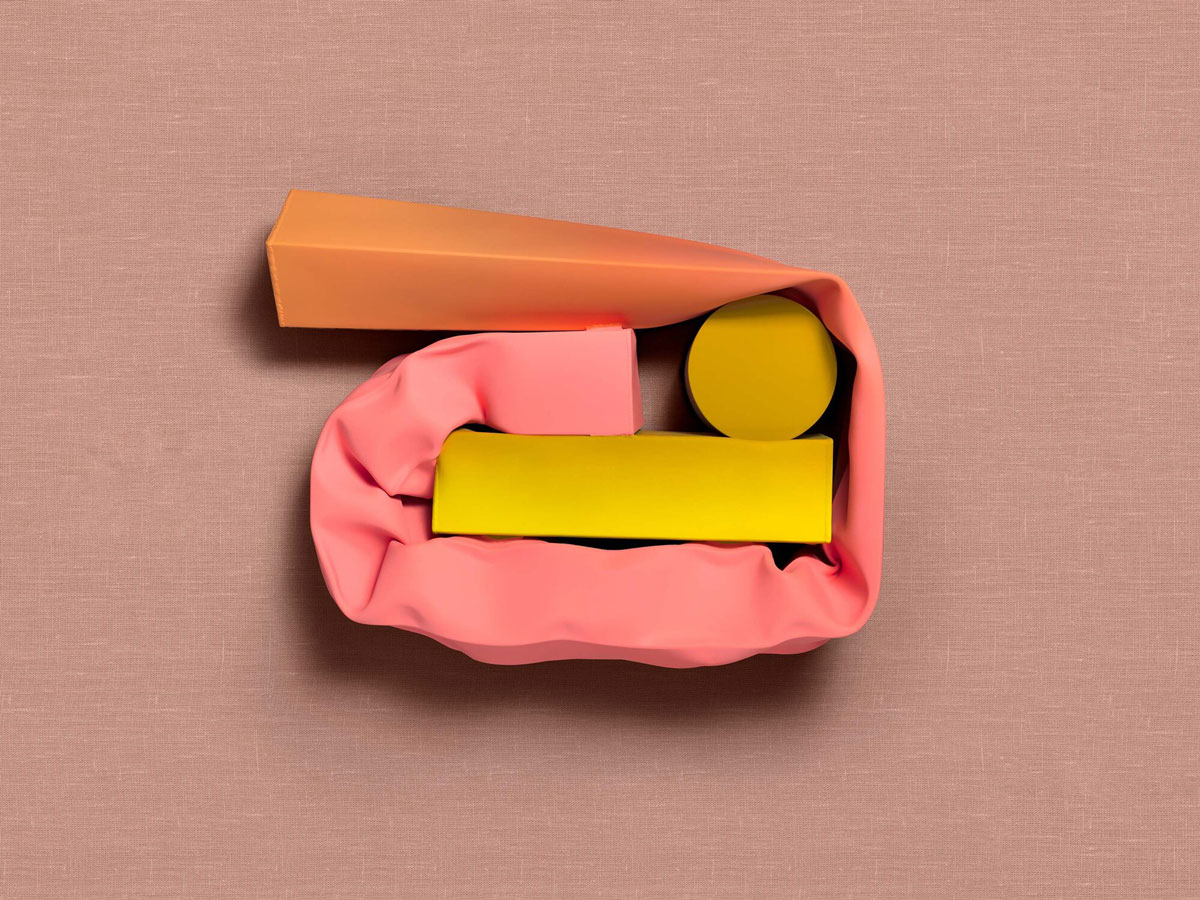 Known for works that incorporate found and constructed elements with a unique formal, technical, and conceptual inventiveness, Carol Bove stands as one of the foremost contemporary artists working today; her work has consistently challenged and expanded the possibilities of formal abstraction.
Known for works that incorporate found and constructed elements with a unique formal, technical, and conceptual inventiveness, Carol Bove stands as one of the foremost contemporary artists working today; her work has consistently challenged and expanded the possibilities of formal abstraction.
By Efi Michalarou
Photo: David Zwirner Gallery Archive
Featuring sandblasted stainless steel sculptures and wall-mounted works in painted color, the solo exhibition “Vase/Face” follows Carol Bove’s 2021 exhibitions at the Nasher Sculpture Center, Dallas, and The Metropolitan Museum of Art. On view in the main gallery space of David Zwirner in Paris, are large-scale sculptures made of crumpled stainless steel tubing, each combined with a large, circular glass disk. Presented in a monochrome environment, the installation considers the phenomenological experience of form and the surrounding spatial context. Installed at different elevations and surrounded by gray flooring and walls, the sculptures feature unpainted, contorted and folded steel tubing that has been sandblasted to create a uniformly smooth, almost claylike finish. This matte surface attests to the works’ physical presence as unadorned steel, while also producing an illusionistic effect, as if painted. Combined with large reflective disks–made with glass, thereby echoing the nineteenth-century glass and wrought iron skylight of the gallery space above—that reflect the surrounding space at different angles, Bove’s sculptures simultaneously take in and intervene with their environment, eliding disappearance and disruption. The installation includes a three-dimensional construction of a “Rubin’s vas,” the well-known optical illusion first developed in the early twentieth century by the Danish psychologist Edgar Rubin. The image can be read as either two opposing faces, or a vase, their shared boundary results in an unstable reversal of figure and ground. This ambiguous perceptual relationship relates to the paradoxes and ellisions at play in the overall installation between positive and negative space, and the apprehension of form versus gestalt. The adjacent galleries feature an installation of wall-mounted sculptures in colorful matte finishes that paradoxically render the steel tubing as if it were effortlessly malleable. The walls have been covered in a gray-mauve linen that offsets the bright pink, yellow, and orange hues of the sculptures. The vibrating colors of their contorted, folded steel surfaces alternately seem to reference those found on contemporary industrial products, and the luminous, hyperreal pinks, yellows, and faded mauves of late nineteenth-century paintings by artists such as Paul Gauguin and Pierre Bonnard, while their forms simultaneously register to the eye almost like digitally rendered, Photoshopped images. The oscillating associations of distinct historically and technologically bounded references is further emphasized by the relationship between the works’ physical status as sculptures and their connections to painting in their representational evocation of brushstrokes and their technical experimentation with applied color, light, and shadow. These sculptures moreover operate on inverse registers of display, chroma, and scale to the installation in the main gallery, further speaking to the physical and perceptual dualities, contradictions, and slippages at play in the overall exhibition. Together, the works on view further Bove’s engagement with the limits of physicality and perception, and attest to the artist’s ongoing exploration of the possibilities of abstract sculpture.
Carol Bove was born in Geneva in 1971 and raised in Berkeley, California. She earned a BS from the New York University School of Education in 2000. Bove’s work combines sculpture and conceptual assemblage, and transforms disparate materials into arrangements that articulate a minimalist aesthetic while speaking to social history. Her approach is derived from her early, formative encounters with public art installations in Berkeley. Interested in the social dynamics of the late 1960s and early ’70s, Bove uses period-specific artifacts, such as a copy of Betty Friedan’s 1963 book “The Feminine Mystique” to create almost anthropological displays that memorialize the era. One such installation, “Vague Pure Affection” (2012), is an assemblage of books, periodicals, and brass and concrete objects set on wall-mounted shelves crafted from wood and steel. Bove’s choices regarding materials and arrangement create an interconnectedness of objects that presents an atmosphere of bohemianism within a structure that gestures toward modernist abstract sculpture. The installation “The Foamy Saliva of a Horse” (2011), originally presented at the Venice Biennale, includes driftwood suspended within a bronze frame, a curtain woven of thousands of silver links, and a rusty oil drum found on the Hudson River shore near the artist’s studio in Red Hook, Brooklyn. Bove alters the room-size arrangement for each exhibition space, producing a unique environment that examines the ingrained symbolism of individual objects and the relationship between the components.
Photo: Carol Bove, Particoloured Heideggerianism, 2022, Stainless steel and urethane paint,28 1/2 x 36 x 11 1/2 inches (72.4 x 91.4 x 29.2 cm), © Carol Bove, Courtesy the artist and David Zwirner Gallery
Info: David Zwirner Gallery, 108 rue Vieille du Temple, Paris, France, Duration: 17/10-17/12/2022, Days & Hours: Tue-Sat 11:00-19:00, www.davidzwirner.com/
